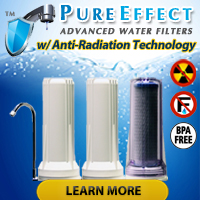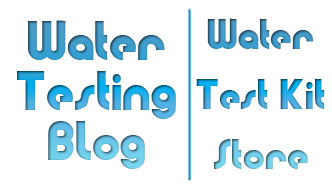… for mosquitoes unless pool owners maintain proper pool water quality. It only takes a few days for most pool water to become the perfect place for a female mosquito to drop off a few (hundred) eggs.
Culex mosquitoes lay their eggs on the surface of fresh or stagnant water. The water may be in tin cans, barrels, horse troughs, ornamental ponds, swimming pools, puddles, creeks, ditches, or marshy areas. Mosquitoes prefer water sheltered from the wind by grass and weeds.
Culex mosquitoes usually lay their eggs at night. A mosquito may lay a raft of eggs every third night during its life span.
Culex mosquitoes lay their eggs one at a time, sticking them together to form a raft of from 200- 300 eggs. A raft of eggs looks like a speck of soot floating on the water and is about 1/4 inch long and 1/8 inch wide.
Tiny mosquito larvae emerge from the eggs within 24 hours. ( source )
If pool owners keep a constant chlorine or bromine residual in their pools, mosquitoes will seek other places to lay eggs because the presence of chlorine/bromine in a body of water makes the water unusable as place for their young to hatch and develop.
So… in the interest of keeping mosquito populations down this Summer, we urge all swimming pool owners to test and maintain chlorine/bromine levels in their pools on a regular basis. It only takes a few days for some species of mosquitoes to go from eggs to full-grown bloodsuckers!
Suggested Testing Methods for Chlorine/Bromine Levels
So by simply making sure you have an adequate chlorine or bromine residual in your swimming pool, you can do a lot help reduce the number of bloodsucking mosquitoes in your neighborhood this Summer.
Need a Chlorine or Bromine Dispenser for Your Pool?
Take a look at the selection of automatic chemical feeders available from In the Swim a leading online retailer of swimming pool equipment, parts, and chemicals.
You can also get granular chlorine, chlorine sticks and calcium hypochlorite granules at In the Swim.









